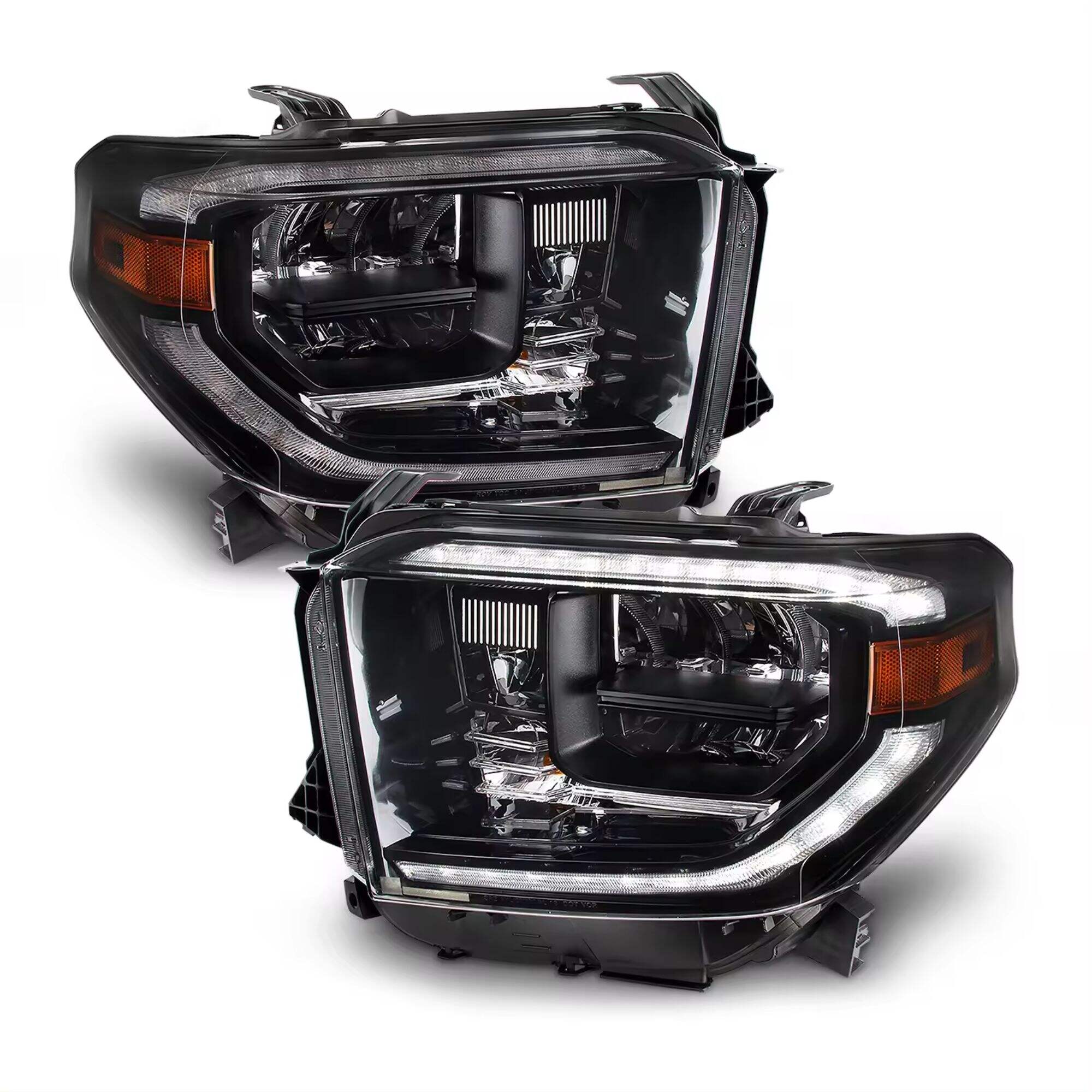Here is a history of how hoods have evolved over time. Thus automobile hoods were initially made of tough steel which lasted long but was so heavy. Heavy gauge steel was just the stuff for those strident three-box saloons of about 1920-30 created by outfits called Sedan, Supezar and Holmes during this halcyon period. Of course technology more and more advanced, so it is finished entirely in lighter aluminum later on. A tail from the dawn of light-weighting: a 1967 Chevrolet Corvette Stingray with an aluminum hood.
While in the 2nd half of the twentieth century, strategies for enhancing hood materials with all-time low environmental worriesHEY. The advent of more environmentally friendly materials such as fiberglass and carbon fiber composites come to the market. In turn, this increased the lightness of cars and there less energy demand in their production compared to a traditional metal car. For instance, lightweight carbon fiber hoods became fast sellers in the high-performance sector as an Aventador hood is revealed to bear a heavy load of total car weight via mass-reducedhoods.com.
The film also looks at sedate car hood materials, and how design has been extremely influential. When cars ceased to be mere appliances and became art objects laden with new technology, hoods found a way into the auto designer's palette. Robust new malleable plastics and composite materials made it possible to create ever more elaborate aerodynamic forms. Take the 1954 Mercedes-Benz SL Gullwing hood design for example: advanced stamping of thin sheet steels came after a basic concept, one in which style and material innovation combined to make each other better.
In addition, the science of materials has changed significantly in recent decades and this change has been transferred to car hood design. Materials such as thermoplastic olefins (TPOs) are engineered to be lightweight and durable, but they also can be recycled. The body is built a lot like modular cars made of modern materials, so you can pop the hood off and remove it in just minutes to fix or replace what's ever behind there affectionately postponing their demise reducing waste even further. At the same time, with new active hood technologies beginning to detect pedestrian impact and raise the front of a car such that pedestrians are more likely to roll onto hoods rather than have parts impacted; it's now clear how even materials play into safety in vehicles beyond crash performance.
In the end, in contrast to many things automotive today - driven by tech adoption and eco-conscious consumers as well as design considerations - alterations of car hoodie ingredients are detailed reflections of broader trends bubbling through the industry. All of these iterations are part of a progression in efficiency, sustainability and design expression from those early days where hoods were simple pressings in steel to the contemporary era with lightweight composites and advanced polymers. The Future: Nanomaterials and Smart Materials Moving forward, additional advancements in nanomaterials as well as smart materials is forecasted to bring about much more interesting features which means that there exists looking at several innovation from... car hood

 EN
EN
 AR
AR NL
NL FI
FI FR
FR DE
DE IT
IT JA
JA KO
KO PL
PL RU
RU ES
ES LT
LT UK
UK VI
VI HY
HY AZ
AZ KA
KA